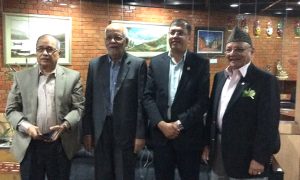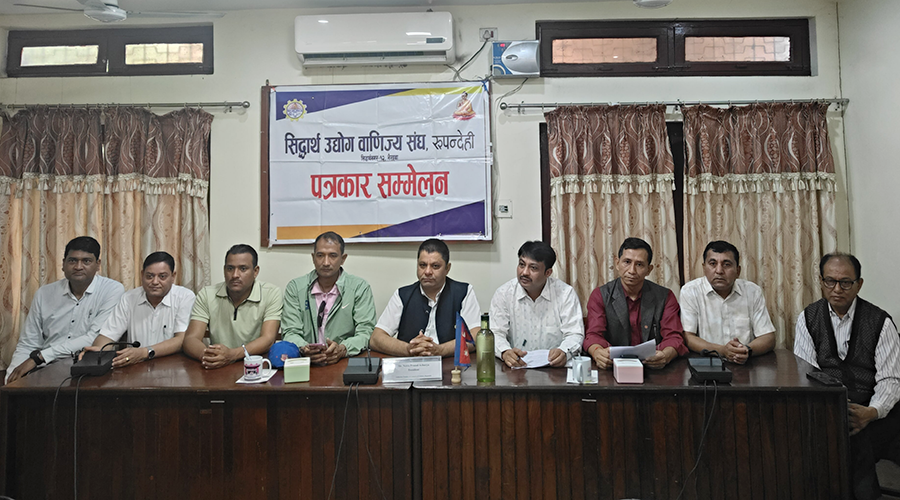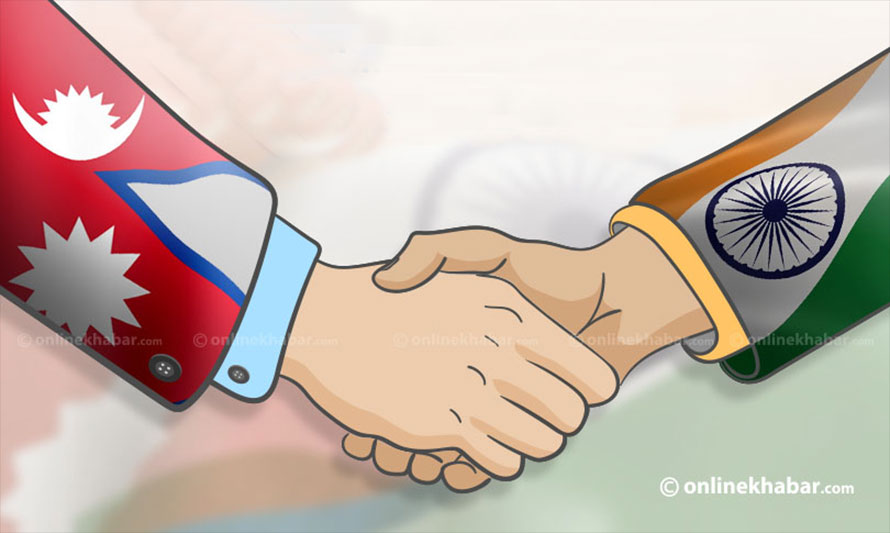
The visit of Prime Minister Pushpa Kamal Dahal to India, upon the invitation of Indian Prime Minister Narendra Modi, is considered highly significant within Nepal’s political landscape. Dahal, accompanied by a massive delegation of 120 members, spent four days in India during his visit.
Dahal’s India visit carried significant expectations. The Maoist Centre’s consistent stance of maintaining an alliance with the Congress and progressing together suggests that he enjoys the complete support of the alliance during this visit.
His visit to Delhi, occurring amidst increasing US influence and China’s interest in Nepal, holds significant meaning. New Delhi is closely observing the expanding US engagement in Nepal, and India, much like China, might be taken aback by the US military initiatives aimed at advancing the proposed military agreement under the State Partnership Program (SPP).
Dahal highlighted the importance of resolving issues between the two countries through diplomatic means. He has time and again talked about reviewing the India–Nepal Treaty of Peace and Friendship of 1950, but during his recent visit, he did not bring it up.
When the Maoists initiated the People’s War in 1996, they initially raised the issue of nullifying the Nepal-India Treaty of 1950. However, there seems to be a significant disparity between what he said back then and his subsequent action.
The adoption of the report prepared by the Nepal-India Eminent Persons’ Group (EPG) is crucial for strengthening and advancing the relationship between the two countries. Both Nepal and India have known this for years. But no discussions took place during the bilateral and delegation-level meetings between the two Prime Ministers concerning the EPG report, the Agneepath scheme or the 1950 treaty.
Formation of EPG
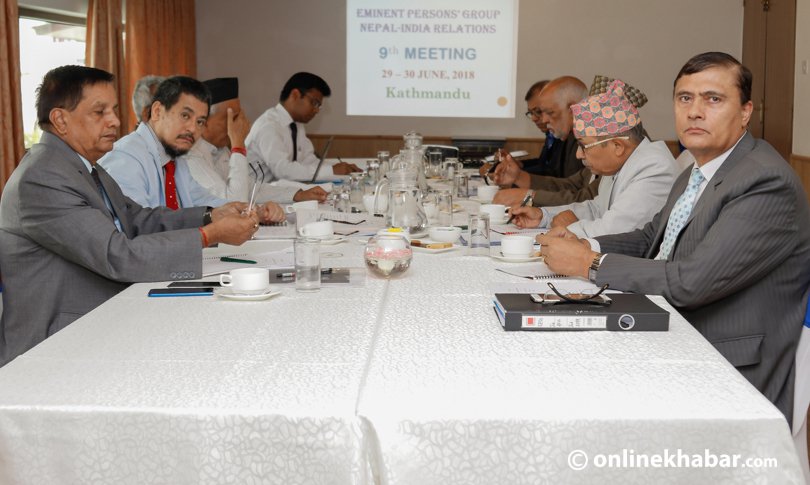
Both Dahal and Modi have consistently emphasised the strength of the relationship between Nepal and India, stressing the importance of resolving any issues through diplomatic means.
The Eminent Persons’ Group (EPG), consisting of foreign affairs experts from both Nepal and India, was established with the purpose of addressing these issues. The group was tasked with studying and conducting the necessary groundwork to adapt Nepal-India relations to the changing global landscape of the 21st century.
Prior to his visit to India, Dahal and his team were advised to prioritise the understanding and utilisation of the report prepared jointly by both countries. Additionally, his team was urged to initiate a dialogue with Modi and India in order to implement the recommendations put forward by the EPG.
One of the reasons the EPG was created was to provide recommendations for reviewing the contentious 1950 treaty between Nepal and India. Along with that, the group successfully fulfilled its assigned responsibilities related to other bilateral agreements on July 16, 2018.
EPG’s report for future prospect
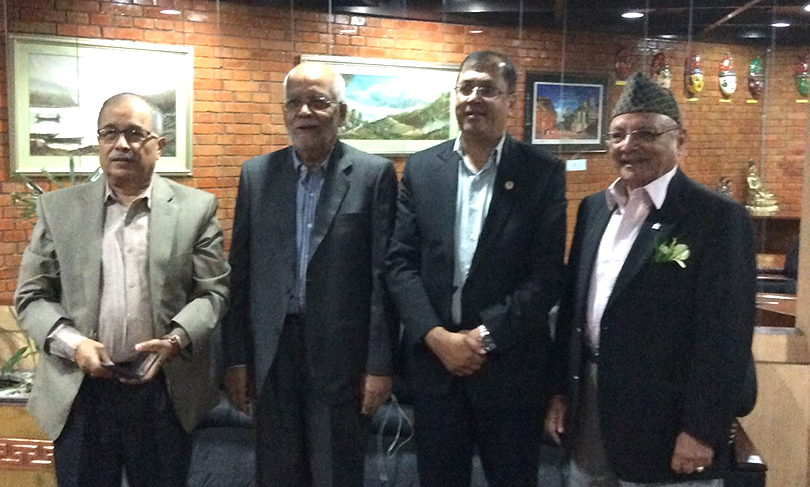
The relationship between Nepal and India is diverse. The EPG has delved into diverse issues as it focused on areas such as business, commerce, and immigration. There are reports that suggest the team has comprehensively studied the 1950 treaty and presented recommendations in its report.
But with the report still not released, people in Nepal are hoping that the group has provided specific and practical recommendations regarding the revision of the treaty. In addition to the treaty, the EPG is also anticipated to address various other significant matters such as border management, security and sharing water resources.
The Nepali group was led by former foreign minister Bhekh Bahadur Thapa and included Rajan Bhattarai, Nilambar Acharya and Surya Nath Upadhyay. The Indian group was led by Bhagat Singh Kosiyari, Jayant Prasad, Mahendra P Lama and Bhuwan Chandra Upreti.
The report produced by the EPG is expected to be of great historical significance. The group of distinguished individuals has collaboratively prepared a comprehensive document aimed not only at elevating the relationship between the two countries to new heights but also at considering the interests of future generations.
Once the report is submitted to the Prime Ministers and released, it is expected that further discussions on various issues will ensue, potentially leading to more criticism and assessment. As this committee’s mandate is limited to providing suggestions on non-political matters, it is believed the report has been prepared to encompass all relevant subjects.
Nepal and India have a common interest when it comes to border regulation as it will help combat terrorism, extremism, fanaticism, illicit currency, drug trafficking, and smuggling. This will definitely help both countries.
If the recommendations of the EPG report are implemented, it is expected that both Nepal and India will demonstrate adaptability and flexibility, while considering the interests of both sides. By adopting this positive and friendly approach, there is a strong potential to bolster and improve the relationship between the two countries.
Most Nepalis feel the 1950 treaty is unequal and imbalanced as leftists in Nepal have repeatedly called for a revision or revocation. The treaty has also been a subject of frequent controversy and debate, with various parties in Nepal calling for its amendment, repeal, or replacement with a new treaty.
However, during his recent trip, Dahal did not address reviewing the treaty. He is not alone as previous prime ministers have also refrained from holding discussions with India regarding the treaty. It is possible that the purpose of the trip was mainly to create a positive public image or garner public support, rather than to address substantial issues or concerns.

But why did not Dahal, the prime minister of Nepal, strongly advocate for the acceptance, acknowledgement and implementation of the Nepal-India EPG report? There could be various factors.
Political considerations, diplomatic sensitivities, and strategic negotiations between the two countries might influence the public stance taken by the two Prime Ministers. While it may appear that the discussions on the EPG report, treaty, and border issues by Dahal are primarily to create a positive public image, it is important to consider the complex dynamics and negotiations involved in bilateral relations.
Many high-level visits have been made between Nepal and India since the EPG completed its work, but the report itself reached a state of confusion. Why? There are talks that the issue at hand is undoubtedly influenced by the interests of the Indian establishment, which can play a significant role in shaping the outcome of discussions and decisions.
A treaty that seems unequal to Nepal does not seem unequal to India. Nepal’s border has been encroached on, but India has not. Villages in Nepal sink due to structures built by India along the border while it does not affect Indian villages.
While advising and engaging in dialogue with India is important, there may also be a need for putting pressure to address the specific issues and challenges faced by Nepal.
This was Dahal’s first visit to India after he became prime minister. A memorandum of understanding was signed between Dahal and his counterpart Modi on seven different issues in New Delhi during the visit.
The governments have reached an agreement on the construction of integrated check post infrastructure at Chandni Dodhara. The Nepal-India transit agreement has also been renewed with amendments.
No one knows why the details of the EPG report have been kept confidential. However, it is possible to speculate that this decision was made out of concern that opening the report could potentially lead to the emergence of various problems, akin to the story of Pandora’s Box in ancient Greek mythology. Just as Pandora’s Box unleashed pain and suffering upon humanity, there may be concerns that the report’s contents could lead to unforeseen complications or disputes.




